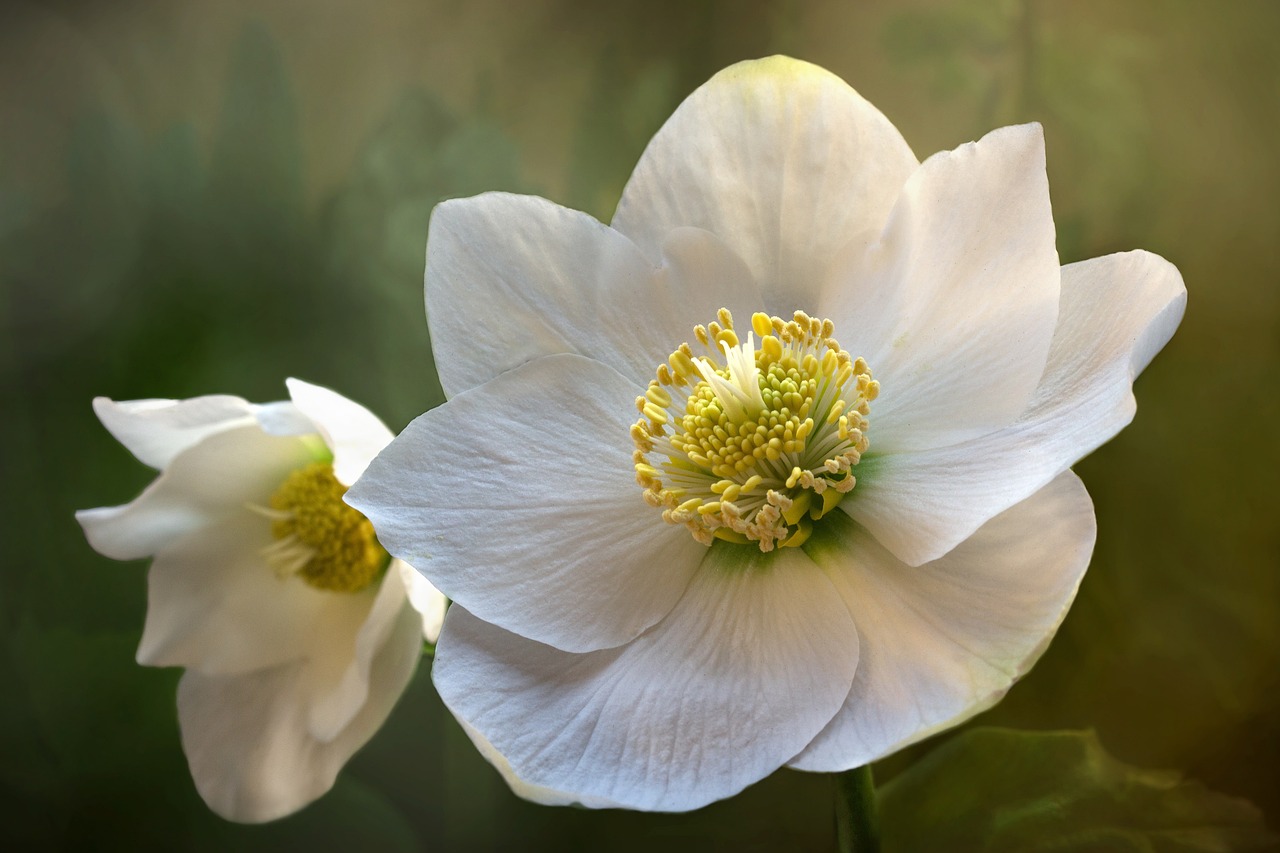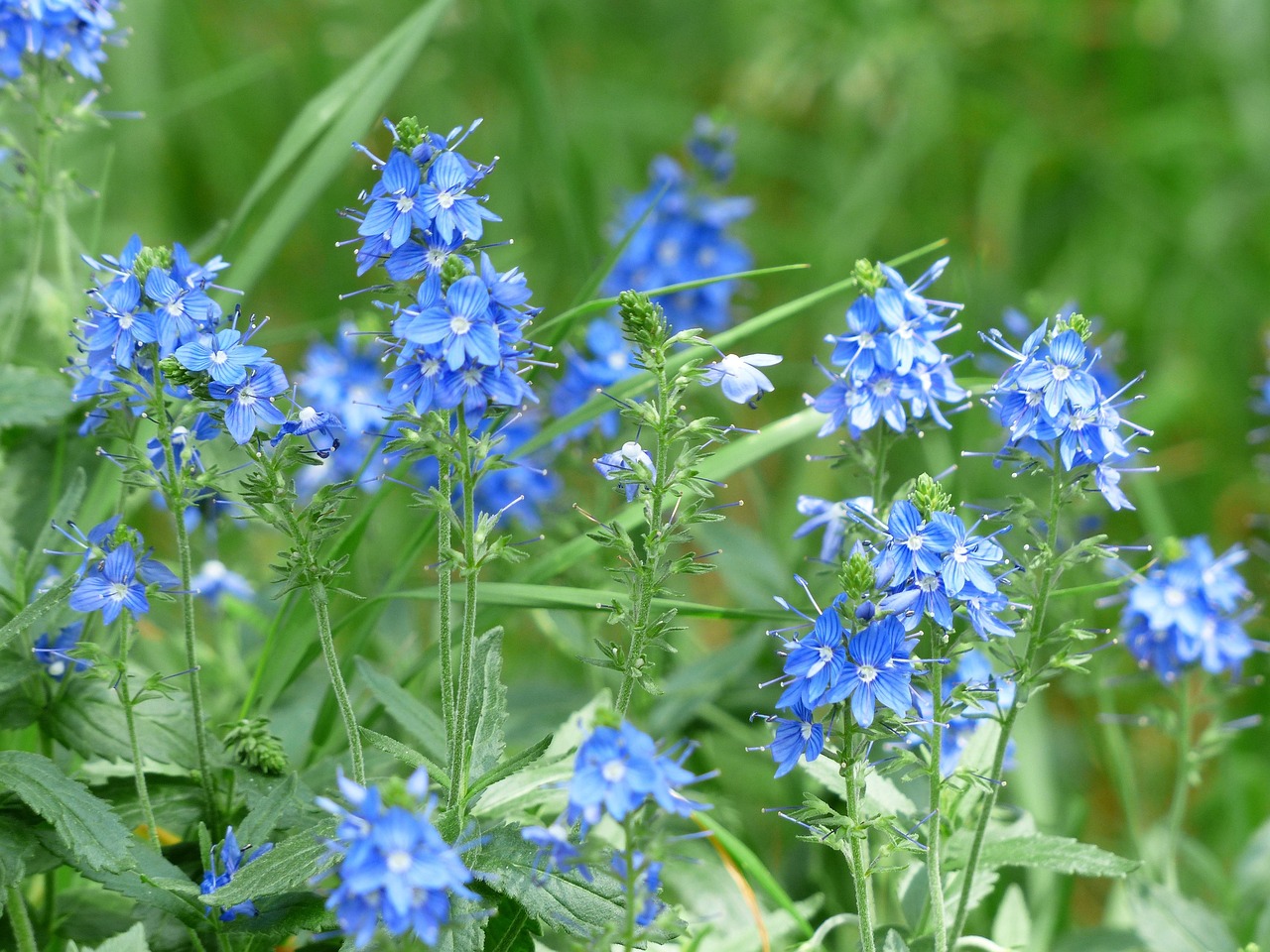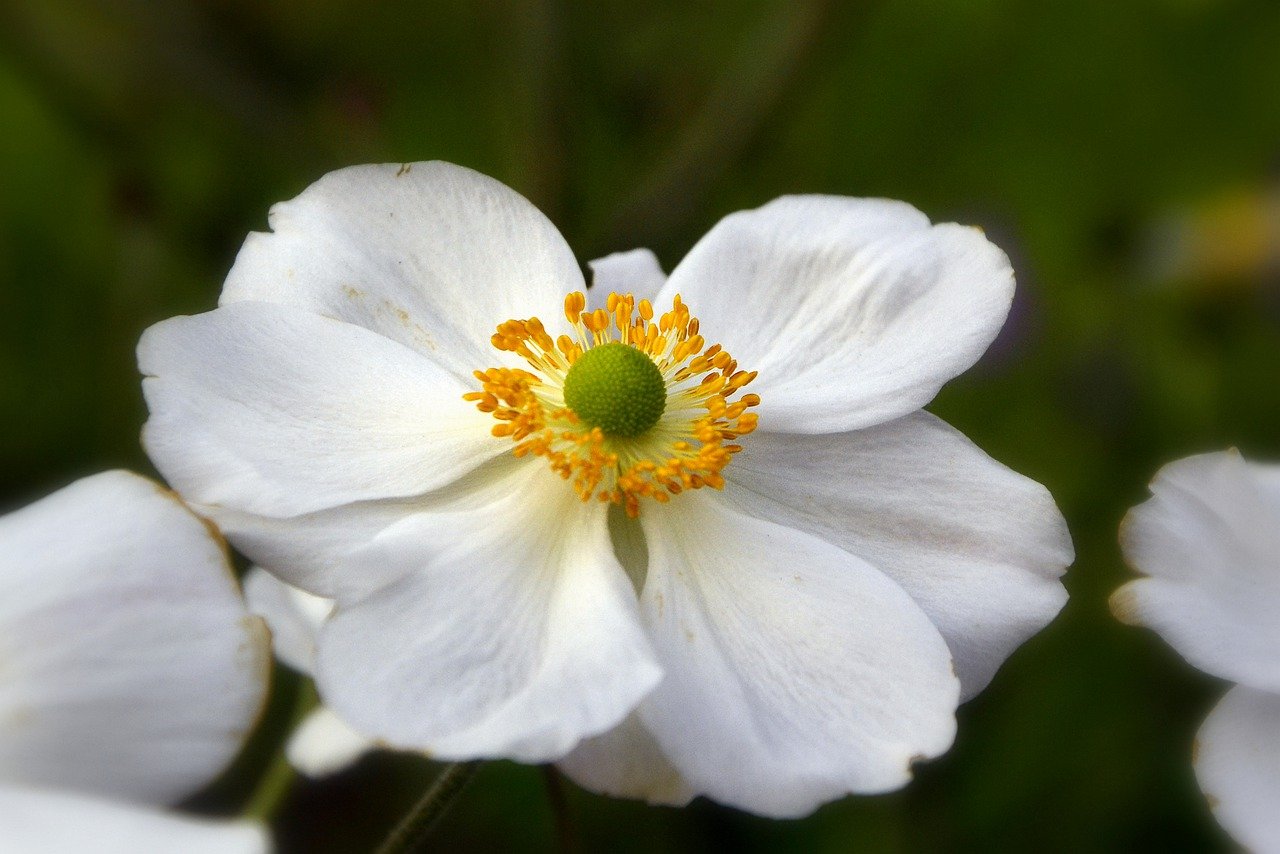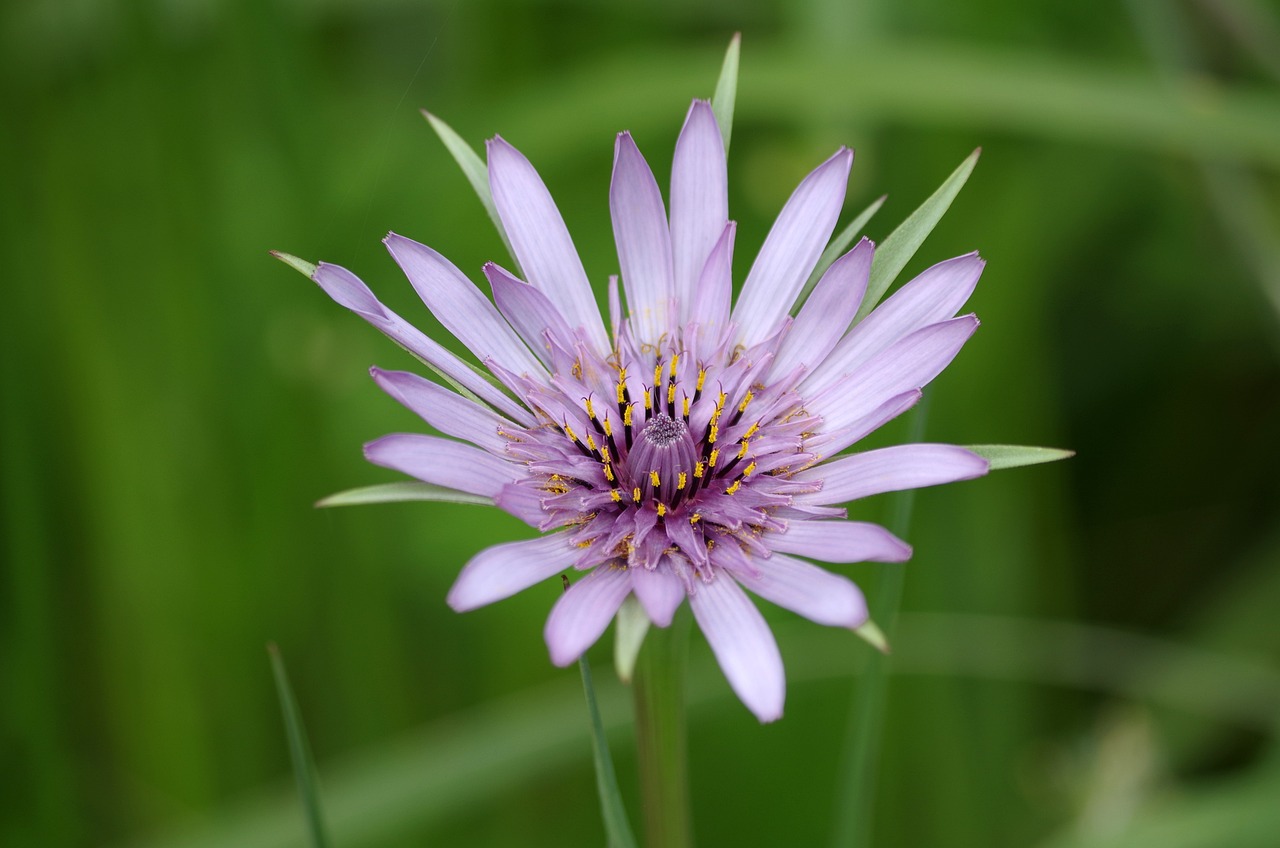Iceland Poppy | A Bright Wildflower Evoking Nordic Landscapes
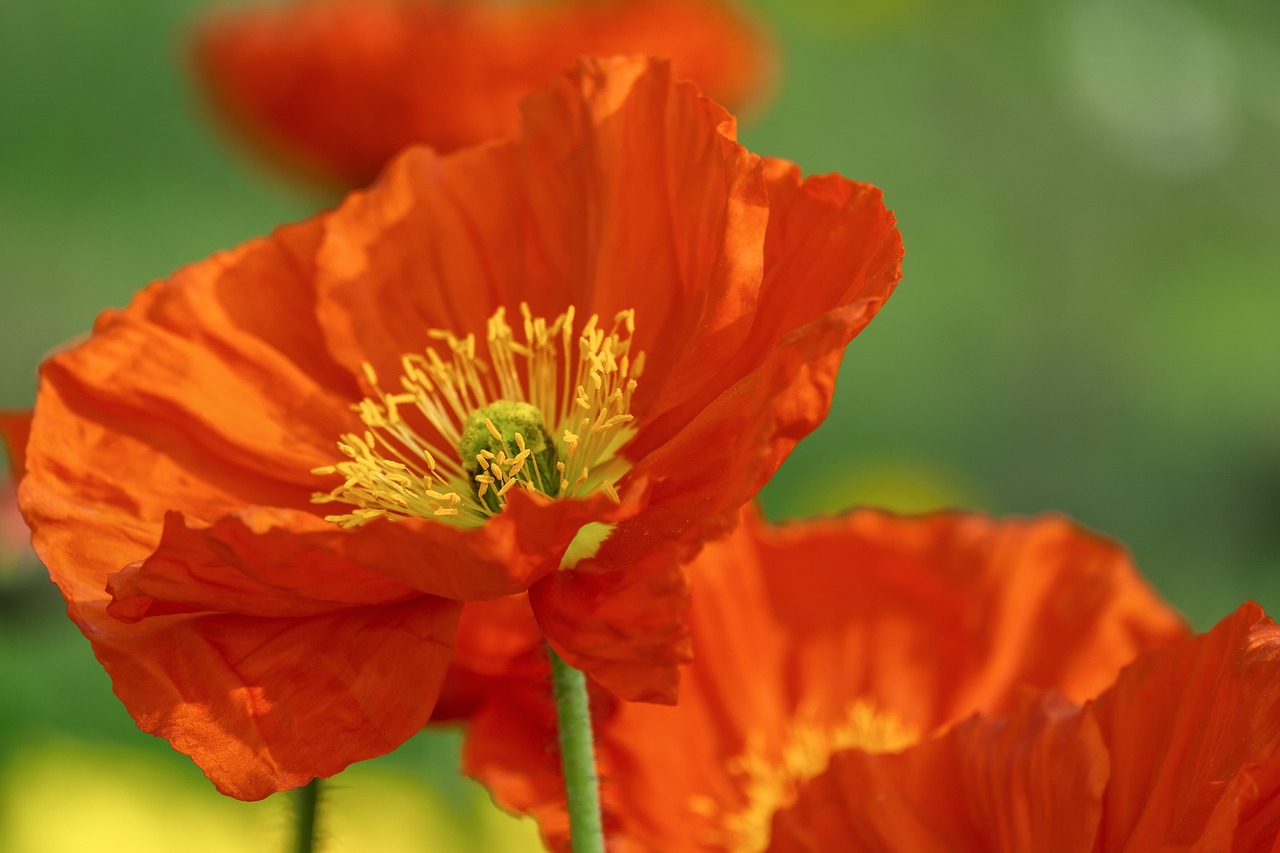
The Iceland poppy is a perennial plant admired for its delicate petals swaying in the cool breeze. Its graceful appearance and vivid colors bring a light and cheerful touch to gardens and flower beds.
In this article, I will introduce the basic information, cultural background, history, and cultivation tips for the Iceland poppy.
Basic Information
- Scientific name: Papaver nudicaule
- Family: Papaveraceae (Poppy family)
- Origin: Northern Europe, Northern Asia, North America
- Appearance: Characterized by thin, crinkled petals in bright shades of white, yellow, orange, and pink. The leaves are soft and finely divided.
- Blooming season: From spring to early summer, with flowers lasting longer in cooler climates.
Cultural Significance Around the World
The Iceland poppy is cherished worldwide for its elegant blossoms and is widely grown in gardens and used as cut flowers.
In Europe, it thrives in cold regions and is often planted in Nordic and Alpine gardens. Its fragile petals swaying in the wind have inspired both poetry and painting.
In France, it is considered one of the wildflowers that herald the arrival of spring.
In the United States, it is often planted in parks and under street trees. In warmer regions such as California, it blooms from winter to spring, brightening landscapes with its vivid colors.
In Asia, the flower is especially popular in cooler regions. In Japan, it is widely cultivated as a spring flower for gardens and flower beds. In Hokkaido, vast flower fields showcase its beauty due to the favorable climate.
Historical Background
The Iceland poppy was introduced into European horticulture between the 18th and 19th centuries, leading to the development of many cultivars.
Its hardiness and bright colors were highly valued, and it became particularly popular in colder regions such as Scandinavia and Russia.
In the 19th century, it gained prominence in the garden culture of France and England and was cultivated in Alpine mountain gardens and botanical collections.
By the 20th century, it had spread widely across North America, becoming a common sight in parks and flower beds.
Gardening Advice
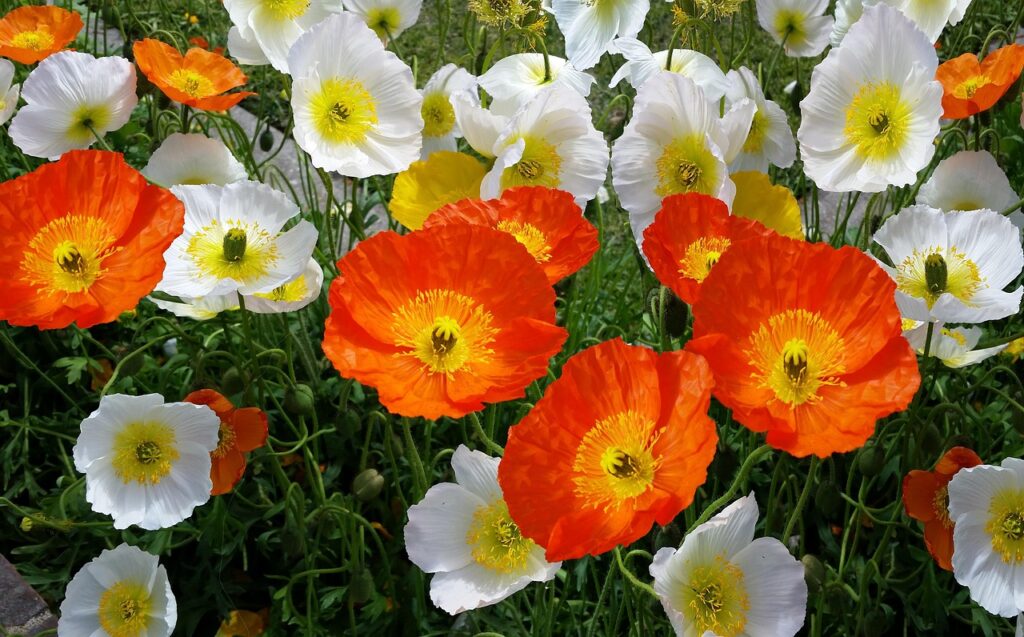
The Iceland poppy thrives in cool climates and produces beautiful flowers when grown under proper conditions.
Sunlight
Prefers sunny spots but should be protected from harsh summer sun.
Watering
Water when the soil surface becomes dry. Avoid excess moisture and ensure good drainage.
Soil
Favors sandy, well-drained soil. Adding compost improves moisture retention.
Fertilizer
Apply a small amount of slow-release fertilizer before and after blooming. Avoid over-fertilization.
Cold tolerance
Hardy in cold climates, but using frost protection in severe winters ensures stable growth.
Pruning
Regularly remove faded flowers to prolong blooming.
Conclusion
The Iceland poppy, with its graceful petals swaying in the breeze, is beloved in gardens across Europe, North America, and Japan.
Introduced to horticulture in the 18th century, it spread widely in colder regions.
Its delicate petals and vivid colors continue to brighten landscapes from spring through early summer.


